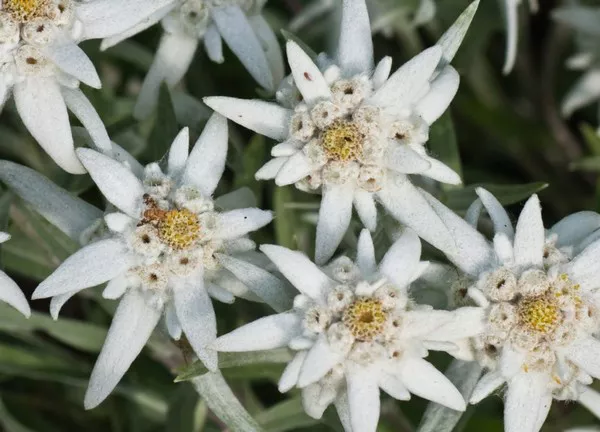Snowdrops (Galanthus) are charming and delicate early spring flowers that bring a touch of elegance to gardens and landscapes. While their blooming period is relatively short-lived, knowing what to do with snowdrops after flowering is crucial for their continued health and successful propagation. In this guide, we will explore the best practices for handling snowdrops post-flowering, along with related topics such as care, propagation, and companion planting.
1. Allow the Foliage to Naturally Wilt
Once the snowdrop blooms have faded, it’s tempting to remove the foliage immediately. However, it’s essential to allow the foliage to die back naturally. This process helps the plant store energy for the next year’s growth and flowering. Avoid cutting, tying, or bending the leaves during this phase.
2. Provide Adequate Water and Nutrients
Although snowdrops are relatively low-maintenance plants, they still require some care after flowering. Ensure that they receive consistent moisture during their growth period, as this helps them recover from blooming. Applying a balanced, slow-release fertilizer during the late spring can also encourage healthy growth.
3. Avoid Disturbing the Bulbs
Snowdrop bulbs multiply and spread over time, forming beautiful clusters. To encourage this natural propagation, refrain from disturbing the bulbs unless necessary. If overcrowding becomes an issue, it’s best to divide the bulbs in late spring after the foliage has withered.
4. Dividing Snowdrop Bulbs
Dividing snowdrop bulbs is a beneficial practice for maintaining their vigor and ensuring their longevity. Wait until the foliage has turned yellow and withered before carefully digging up the bulbs. Gently separate the bulbs and replant them at the desired spacing, usually 3-4 inches apart.
5. Replanting and Transplanting
Replant snowdrop bulbs immediately after dividing them. Choose a well-draining location with partial shade, as snowdrops thrive in such conditions. Avoid planting them too deeply; a general rule of thumb is to plant them at a depth twice the size of the bulb.
6. Companion Planting
Snowdrops can be an excellent addition to companion planting schemes. Their early spring bloom provides a lovely contrast to other spring-flowering plants like crocuses, hellebores, and early-blooming daffodils. Additionally, their presence can help deter pests that might be attracted to other plants in your garden.
7. Naturalizing Snowdrops
If you wish to create a naturalized look in your garden, allow snowdrops to spread and form colonies over time. This can be achieved by letting the bulbs self-seed or by planting them in a more naturalistic manner. Remember that it may take a few years for a naturalized display to fully develop.
8. Pests and Diseases
Snowdrops are generally resistant to most pests and diseases. However, keeping an eye out for issues like gray mold (botrytis) and aphid infestations is essential. Remove any affected foliage promptly and consider using organic pest control methods if necessary.
9. Harvesting Snowdrop Seeds
While snowdrops more commonly propagate through bulb division, you can also collect and sow their seeds. Wait until the seed pods have developed and turned yellow. Collect the seeds and sow them immediately in a seed tray filled with well-draining compost. Germination can be slow and erratic, so patience is key.
10. Enjoying Snowdrops in Containers
Snowdrops can be successfully grown in containers, allowing you to bring their delicate beauty up close. Choose a well-draining potting mix and ensure proper drainage holes. After flowering, you can transplant the snowdrop bulbs into a larger container or directly into your garden.
11. Marking Snowdrop Locations
Once the snowdrop foliage has withered, it can be challenging to remember their exact locations. To avoid accidentally disturbing or damaging the bulbs while gardening, mark their spots with small markers or stakes.
12. Documenting and Planning
Keep a gardening journal to document your snowdrop planting and care efforts. This can help you track their progress over the years, note any changes in blooming times, and plan for future care and propagation.
Conclusion
Knowing how to care for snowdrops after flowering is essential for maintaining these charming spring blooms in your garden. By allowing the foliage to naturally wither, providing proper care, and following the guidelines for propagation and companion planting, you can ensure the continued health and beauty of your snowdrop plants. With a little patience and attention, your garden will be graced with these delicate flowers for years to come.


